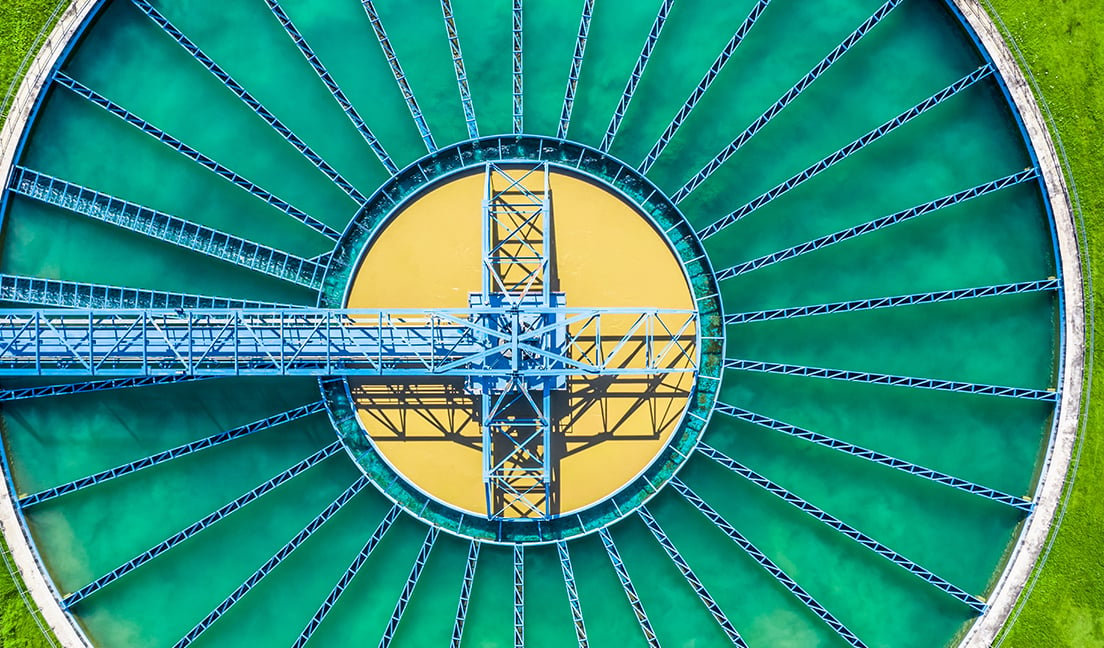The need to reduce phosphorus levels in wastewater on tight budgets is an issue that isn’t going away. Simon Radford, UK Sales Manager, Evoqua Water Technologies, looks at how operators can overcome the challenges they are facing.

It is widely known that the level of phosphorus in wastewater has to be reduced to protect our environment. Left untreated, phosphate causes a eutrophication effect in water, such as rivers and lakes, which encourages the growth of unsightly algae. This can have a number of negative effects on a watercourse, with its presence resulting in a reduction of oxygen in the water, killing any inhabitants. Furthermore, this issue is on the rise as the population increases, and with it, the flow of increased phosphorus in domestic wastewater.
Today, phosphorus limits are controlled under the Water Framework Directive. While the directive doesn’t specify phosphorus concentrations, meeting its environmental objectives will result in many wastewater plants having to achieve lower phosphorus levels in AMP7. The UK’s Water Industry National Environment Programme (WINEP) sets low phosphorus limits for many treatment facilities. The agreed technically achievable limits (TAL) for the UK are set at 0.25mgP/l for AMP7[1].
Understandably, for many operators, controlling the phosphorus level itself is not always their main challenge. It’s possible to control levels through technology but plants have to balance operational expenditure, investment in operations, maintenance of systems, and the increasing capacity of wastewater – and therefore phosphorus levels – they need to treat.
At Evoqua, we have been working closely with wastewater plant operators to understand these specific challenges and develop solutions that help solve them. Our unique technology has been engineered with this understanding in mind. Our two main solutions for phosphorus reduction are our BioMag® and CoMag® systems. Both are unique magnetite ballasted clarification processes. The BioMag system uses magnetite – fully inert, iron ore particles – to enhance the existing activated sludge process. While the CoMag system uses magnetite to enhance the clarification process, settling chemical floc up to 10 times faster than conventional clarification.
Both systems are simple, cost effective and, importantly, reliable. The technologies are easily integrated into existing tanks and can manage up to double the capacity of similar systems on offer. They continuously recover most of the magnetite, which results in a more sustainable process and lower operational expenditure. They are also fully automated, requiring minimal ongoing operational input if servicing schedules are maintained.
The key to phosphorus reduction is therefore simple. The right technology will not only reduce nutrient levels, protect ecosystems and maintain compliance with environmental regulation, it will reap operational expenditure, efficiency and maintenance benefits. Operators can assess the potential outcomes for their plant by lab tests or a pilot trial and we’re confident the results will speak for themselves.
Connect with Simon Radford on LinkedIn.
[1] Environment Agency, Phosphorus and Freshwater Eutrophication Pressure Narrative. UK, October 2019
